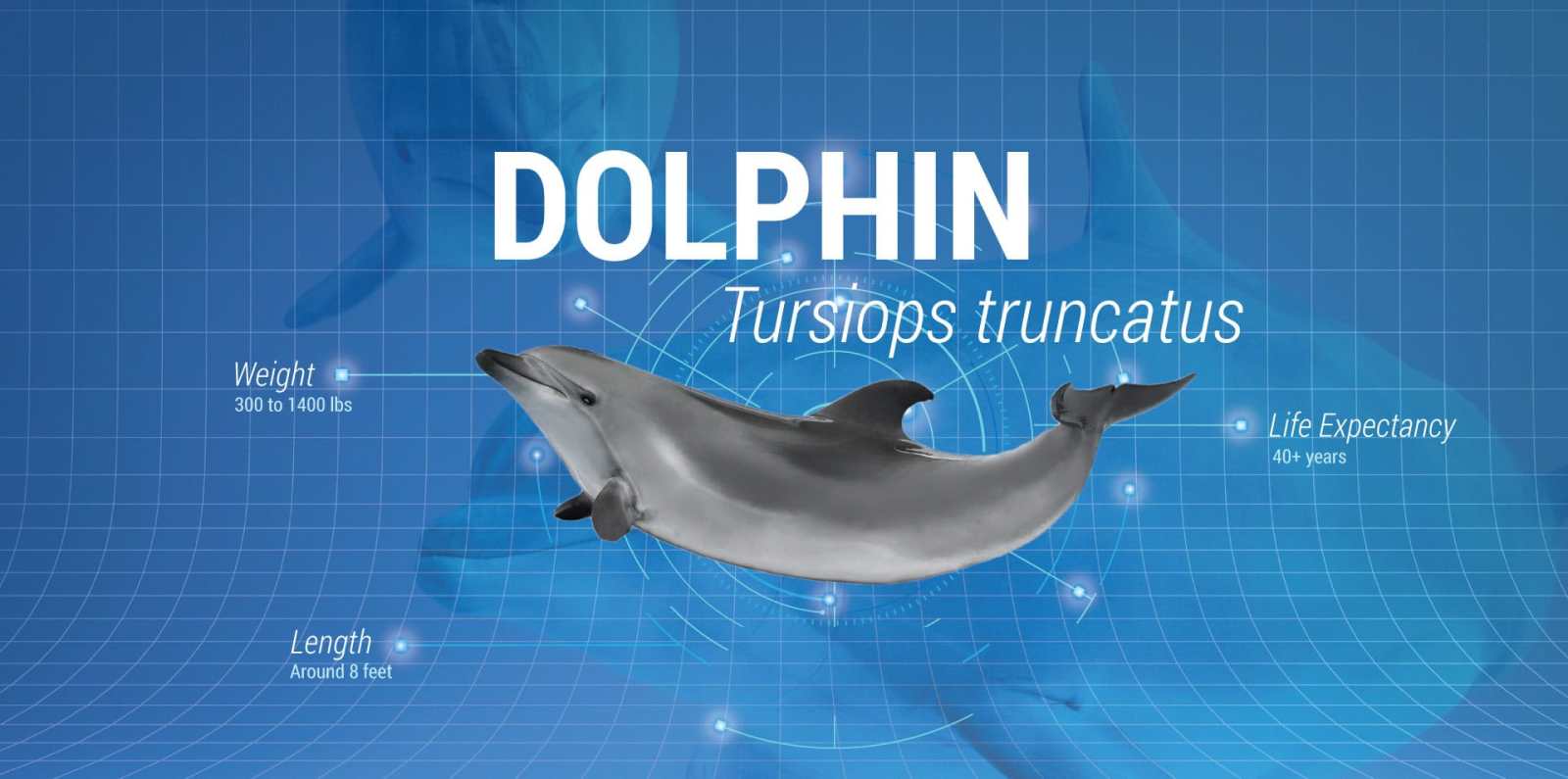DOLPHIN


Bottlenose Dolphins are found throughout the world in both offshore and coastal waters, including harbors, bays, gulfs, and estuaries of temperate and tropical waters (estuaries are the areas where rivers meet the sea). They are one of the most studied and well-known marine mammals in the wild. In addition, they are easy to view in the wild because they live close to shore and are distributed throughout coastal and estuarine waters. But this puts dolphins at increased risk of human-related injuries and death. They are a highly intelligent species and use sound both for communication and to hunt for food.
Other dolphin species that you may have an opportunity to see include: Risso’s Dolphin, Short-Beaked Common Dolphin, Long-Beaked Common Dolphin, Pacific White-Sided Dolphin, and the Northern Right Whale Dolphin.
PREY
Bottlenose dolphins can thrive in many environments and feed on a variety of prey, such as fish, squid, and crustaceans (e.g., crabs and shrimp). They use different techniques to pursue and capture prey, searching for food individually or cooperatively. For example, they can work to bring fish together into groups (herding). They then take turns charging through the schools to feed. They may also trap schools of fish against sand bars and seawalls for an easy dinner. They also use passive listening and/or high frequency echolocation to locate prey.
PREDATORS
Dolphin predators are sharks and Orca.
THREATS
One of the main threats to bottlenose dolphins is getting caught in fishing gear. Dolphins can become entangled or captured in commercial fishing gear such as gillnets, seines, trawls, trap pots, and longlines.Common bottlenose dolphins living near shore are also susceptible to habitat destruction and degradation by contaminants and oil spills. For example, dolphins living in areas with high levels of PCBs were shown to have impacts to their immune systems. Several common bottlenose dolphin die-offs have occurred in recent years, linked to harmful algal blooms such as red tide.
(Information from NOAA Fisheries. fisheries.noaa.gov)
